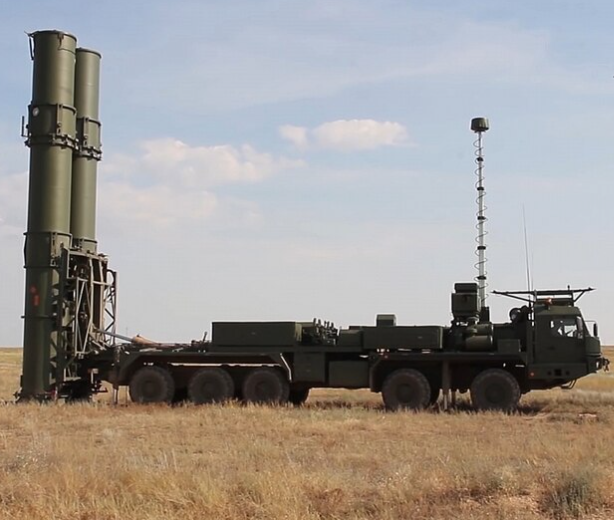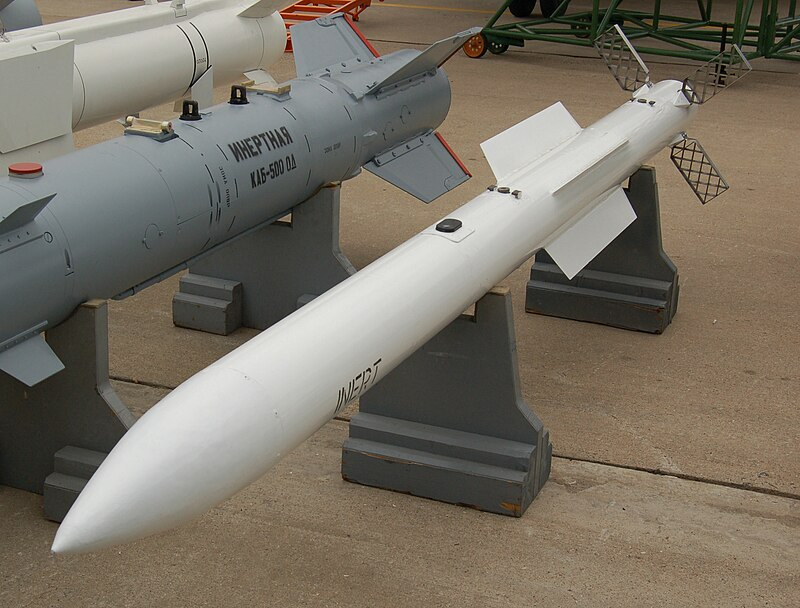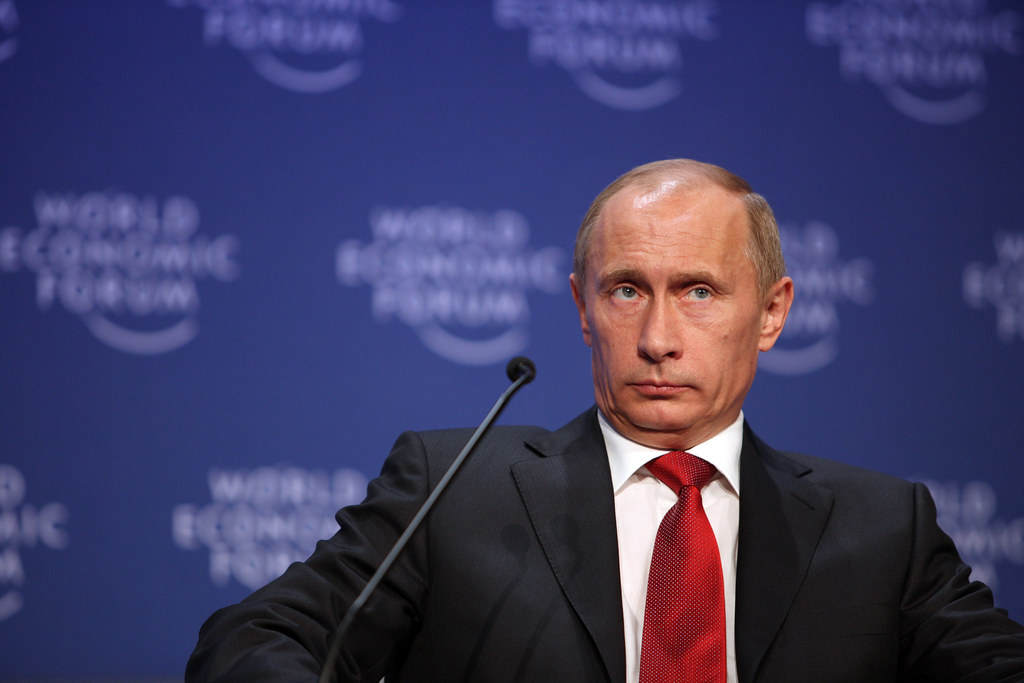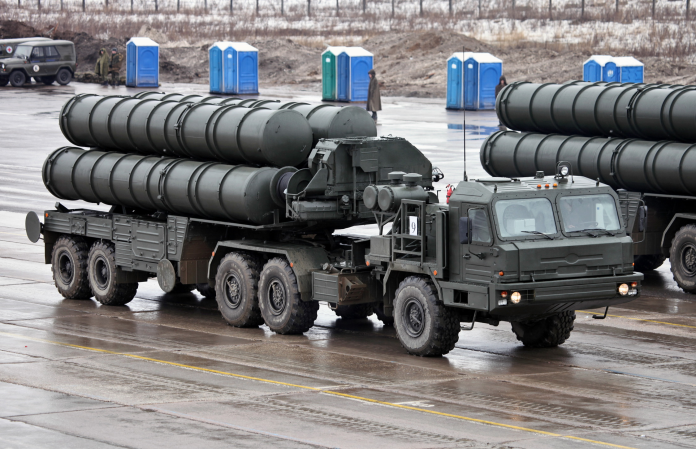
“Air superiority is taken, not given.” This adage has long been a guiding premise for military planners, and India’s recent move confirms it. With talks in progress to procure a massive Rs 10,000 crore package of Russian missiles for its S-400 ‘Sudarshan Chakra’ air defence installations, New Delhi is preparing to strengthen deterrence as well as precision strike capabilities in a turbulent regional context.

The purchase comes after the system played a decisive role in Operation Sindoor earlier this year, during which the S-400 was claimed to have shot down several Pakistani air vehicles deep in enemy territory. This agreement goes beyond replenishment the purchase indicates a larger strategic direction involving next-generation platforms, upgraded beyond-visual-range air platforms, and increased Indo-Russian military partnership.
The lessons learned from war, such as from Sindoor to eventual induction of hypersonic cruise missiles, indicate a multi-tiered air defence modernisation approach. Seven key areas mould this high-cost procurement and its strategic impacts are as follows.

1. Operation Sindoor’s Combat Verification
The S-400’s credibility in Indian service was established during Operation Sindoor in May 2025. Defence sources affirmed that the system shot down five to six Pakistani fighter jets and a high-value reconnaissance plane at ranges over 300 kilometres. AP Singh, Indian Air Force chief, termed S-400’s performance as a “game-changer,” adding that its deterrent capability made enemy assets venture deeper inside their own air-space.
The exercise also demonstrated simultaneous operation of several systems French SCALP missiles, Indo-Israeli SkyStriker loiter munitions, and BrahMos cruise missiles against high-priority targets. Pakistani HQ-9 SAMs provided by China did not intercept Indian strikes, and Pakistani PL-15 air-to-air missiles employed by Pakistani J-10s underperformed, with some of them landing intact in Indian territory for technical analysis.

2. Rs 10,000 Crore Missile Programme
The planned procurement, which will cost around Rs 10,000 crore ($1.1 billion), will entail a large quantity of missiles customised for India’s current S-400 installations. Reportedly, the proposal will come before the Defence Acquisition Council on October 23. This procurement will endeavor towards maintaining operating effectiveness as much as it will endeavor towards layer-wise protection coverage from aircraft, drones, as well as missiles.
India had inked a 2018 deal for five S-400 squadrons for a total of $5.43 billion. Three had been duly on time, but the Russia-Ukraine war had postponed the last two. The fresh batch of missiles will complement the already fielded ones in Punjab, Gujarat, and the eastern axis, for a sound countrywide defense envelope.

3. Upgrades to S-500 and Latest Versions
Other than replenishment, India is mulling procurement of the S-500 Prometei, which is Russia’s emerging long-range air defense system with capabilities to engage targets across the entire altitude-speed spectrum. With a maximum range of detection at 600 km, its engagement range goes up to 400 km, and it has been developed to engage next-generation aerospace threats.
The analyses also include upgrades for existing S-400 units, involving later models of missiles as well as improved suites of radars. This shows foresight, planning for air threats in the future from state as well as non-state players.

4. Enhancements of BrahMos Supersonic Cruise Missile
In parallel with the S-400 expansion, India is developing its BrahMos program. Trials for an 800 km extended-range BrahMos are being conducted with a changed ramjet engine and improved jam-resistance navigation. Software upgrades, along with changes in the fire-control interface, allow the Army and Navy tomodernize existing variants of the 450 km range.
At Sindoor, BrahMos missiles fired from Su-30MKI aircraft hit deep inside Pakistan with exacting accuracy. Defence Minister Rajnath Singh lauded their accuracy, and the Indo-Russian joint venture has already won more than Rs 58,000 crore cumulative contracts, making BrahMos a pillar of India’s conventional strike doctrine.

5. Indigenous Astra Beyond-Visual-Range Missiles
The Defence Research and Development Organisation, or DRDO, is ramping up production of 100 km range Astra Mark-1 missiles and developing Astra Mark-2 with over 200 km range. Mark-2 propulsion upgrades will offer more burn time alongside more thrust, for better engagement envelopes.
700 Astra Mark-2 missiles for Su-30MKI and Tejas aircraft will arrive as planned. A future Astra Mark-3 with a solid-fuel ducted ramjet propulsion will get 350 km range, putting it in class with advanced Chinese as well as Western BVRAAMs. This domestically built weaponry will gradually displace imported Russian, French, as well as Israeli missiles, decreasing dependency with competitive capability.

6. Russia’s R-77M and Air-to-Air Missile
India is also considering Russia’s R-77M air-to-air missile, an improved version with standard cruciform, conventionally mounted fins, a double-pulse, rocket propellant motor, and improved radar seeker capabilities. Reportedly, with a bigger ‘no escape zone’ as well as twice, or possibly twice, the range of its R-77-1 equivalent, it comes between the R-77-1 and R-37M in terms of capability.
Russian producer Vympel asserts that the R-77M matches or exceeds the AIM-120D AMRAAM, with complementary capability for shooting down incoming missiles. Such assertions must, of course, be evaluated carefully, but incorporating R-77M or comparable missiles could substantially enhance beyond-visual-range intercept capabilities for India against advanced adversary aircraft.

7. Strategic and Geopolitical Dimensions
The missile sales represent a decades-old defence relationship between India and Russia, which provides almost 60% of the aircraft in the IAF as well as a great majority of its strike force. Vladimir Putin, Russia’s President, will travel to India this December, with this trip looking to extend negotiations over joint development agreements, ranging from suicide drones to possible Su-57 acquisitions. In spite of Western pressure and CAATSA risk of sanctions, New Delhi has proceeded with S-400 deliveries unconditionally. Successful service experience with Russian-origin platforms in Sindoor bolsters justification for further joint endeavors despite Indian attempts at diversification of suppliers as well as indigenous production investment.

This multi-tier procurement policy provides security against geopolitical disruptions of supply chains. India’s Rs 10,000 crore S-400 missile expansion is more than a replenishment exercise it is a calculated reinforcement of air defence dominance. By coupling proven systems like the S-400 and BrahMos with indigenous Astra missiles and exploring advanced Russian technologies, New Delhi is building a multi-tiered shield and strike network. The outcome is a force posture that deters aggression, assures rapid precision response, and signals strategic resolve in an increasingly contested airspace.


